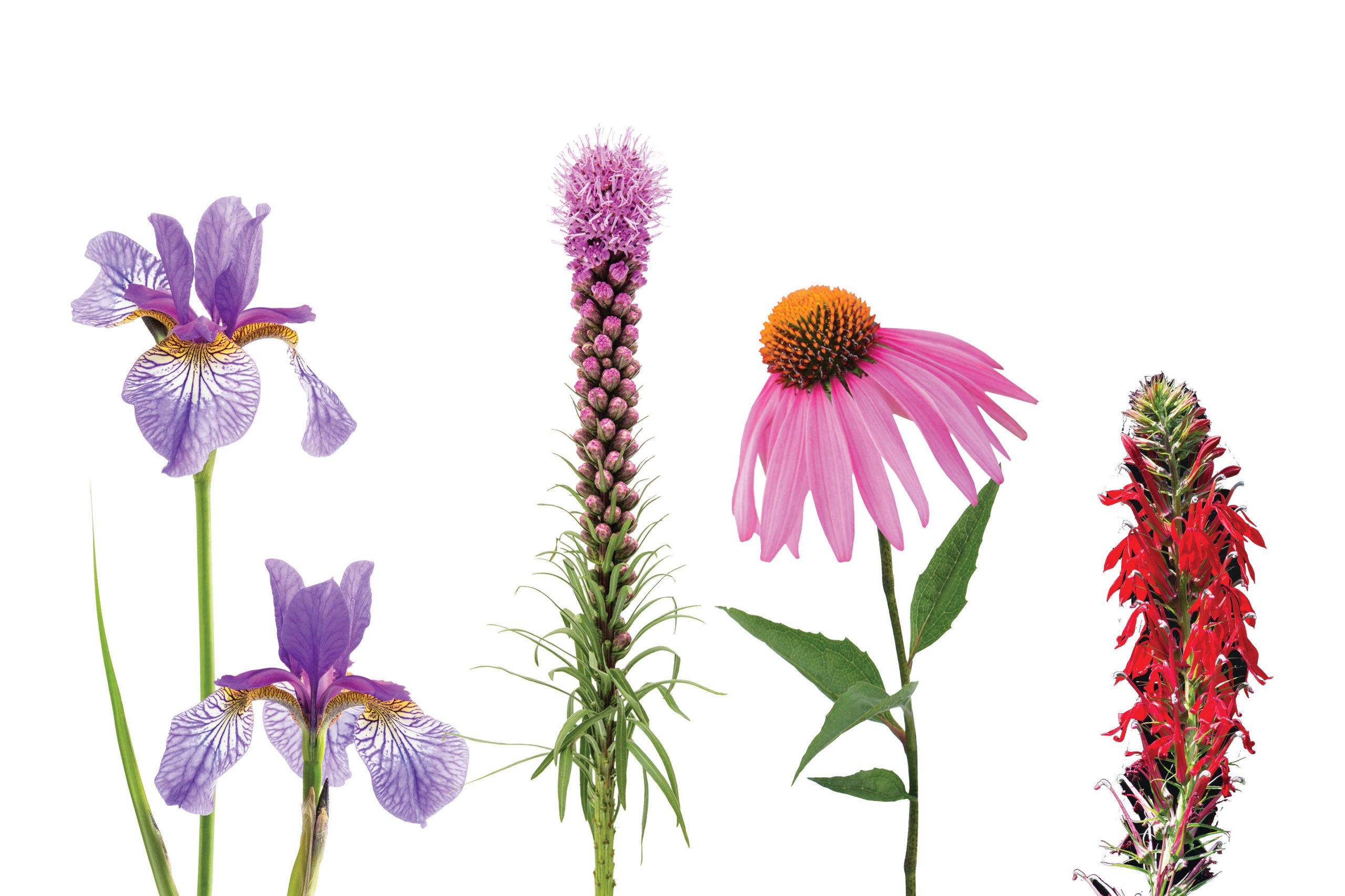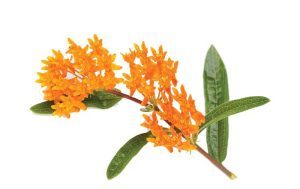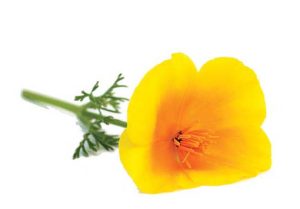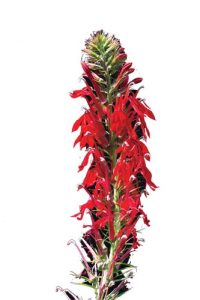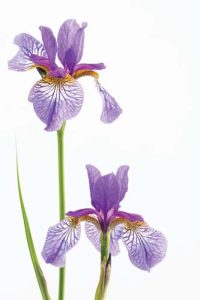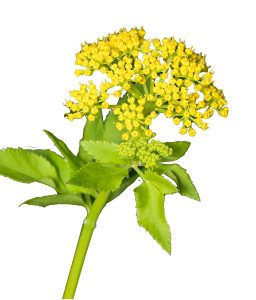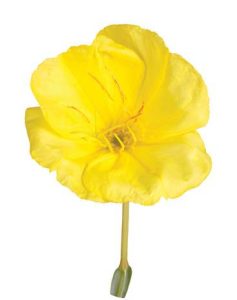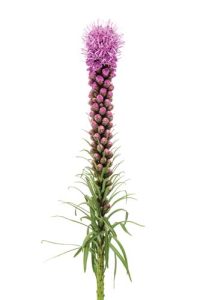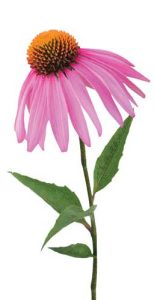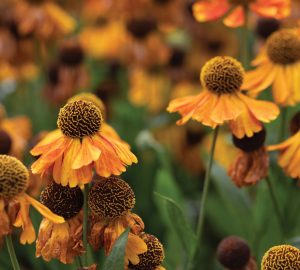Whether you’re tending a balcony garden in downtown Clayton or maintaining a sprawling yard in Town and Country, you should be embracing the native plants of Missouri. Not only are they adapted to St. Louis’ climate and soil, they feed and shelter wildlife that would not be able to survive without them. Missouri is home to more than 2,000 native plants. Here’s just a sampling of what you can plant to help nurture our city’s complex ecosystem.
butterfly milkweed
A great source of nectar for many butterflies, this vibrant wildflower also serves as a food source for Monarch butterfly caterpillars. Growing naturally in open, rocky areas, it flowers from May to September and thrives in well drained soil.
celandine poppy
You find these flowers in March through May on the wooded slopes of central and southwest Missouri. Celandine poppies grow well in gardens if they have humus-rich soil.
cardinal flower
What better flower for the StL during baseball season? The cardinal flower grows throughout wet sites in the state, flowering July through October. It requires moderate shade but will tolerate sun if planted in rich soil. Don’t forget to water during dry periods.
crested iris
These small irises bloom in April and May and attract hummingbirds. They grow well in partially shaded areas and prefer well drained soil.
golden alexanders
A member of the carrot family, this plant is host for black swallowtail butterflies. The long-lasting flowers bloom from April to June before becoming seed clusters. Unlike other native plants, it has glossy semi-evergreen foliage.
missouri primrose
Also known as a glade lilly, this plant grows naturally in glades, bluffs and rocky prairies. It flowers in May through August, and thanks to the blossoms opening in late afternoon, it’s loved by months for night pollination.
prairie blazing star
As this name implies, this plant grows on prairies or rocky ground. A favorite of pollinators like bumblebees, it grows best in average to moist soil and flowers from July to October.
purple coneflower
These large blossoms, which grow in woodlands throughout Missouri, are a great source of nectar for butterflies. They grow well in light shade but can handle full sun. Expect flowers in May through October.
Source: Missouri Department of Conservation





